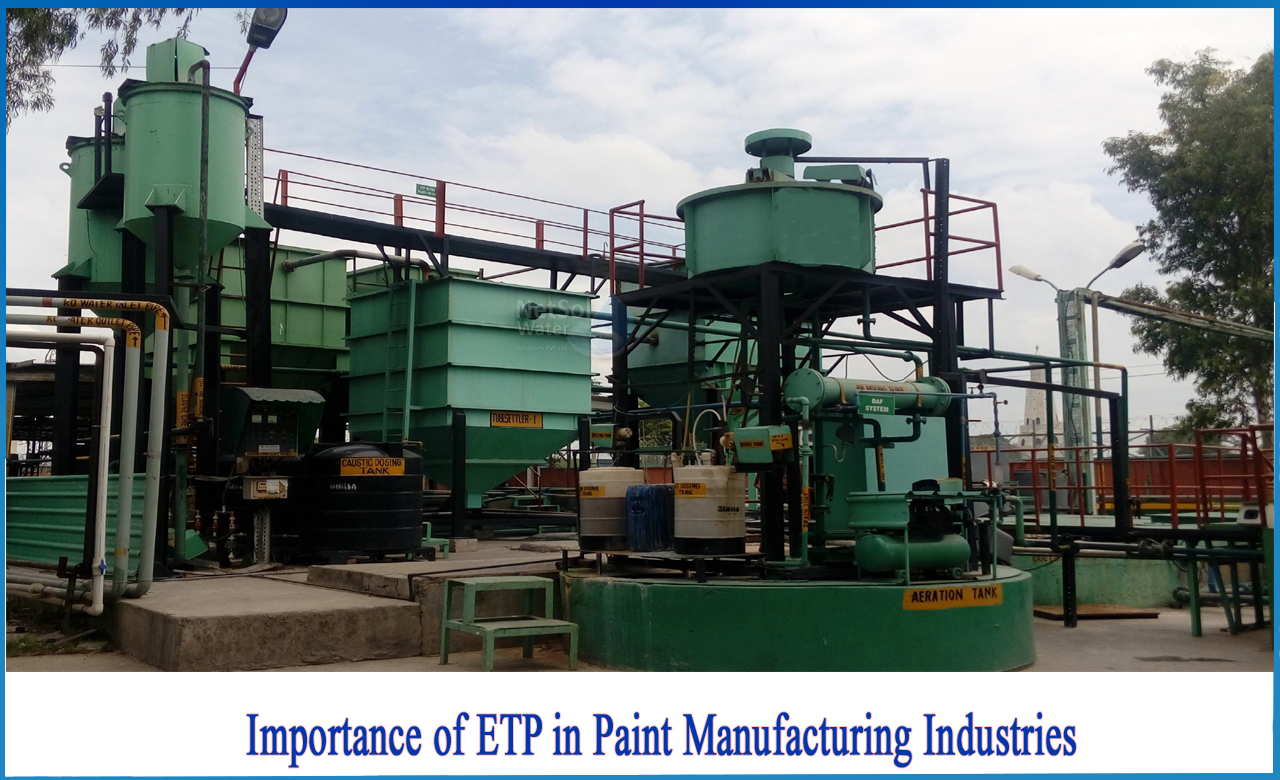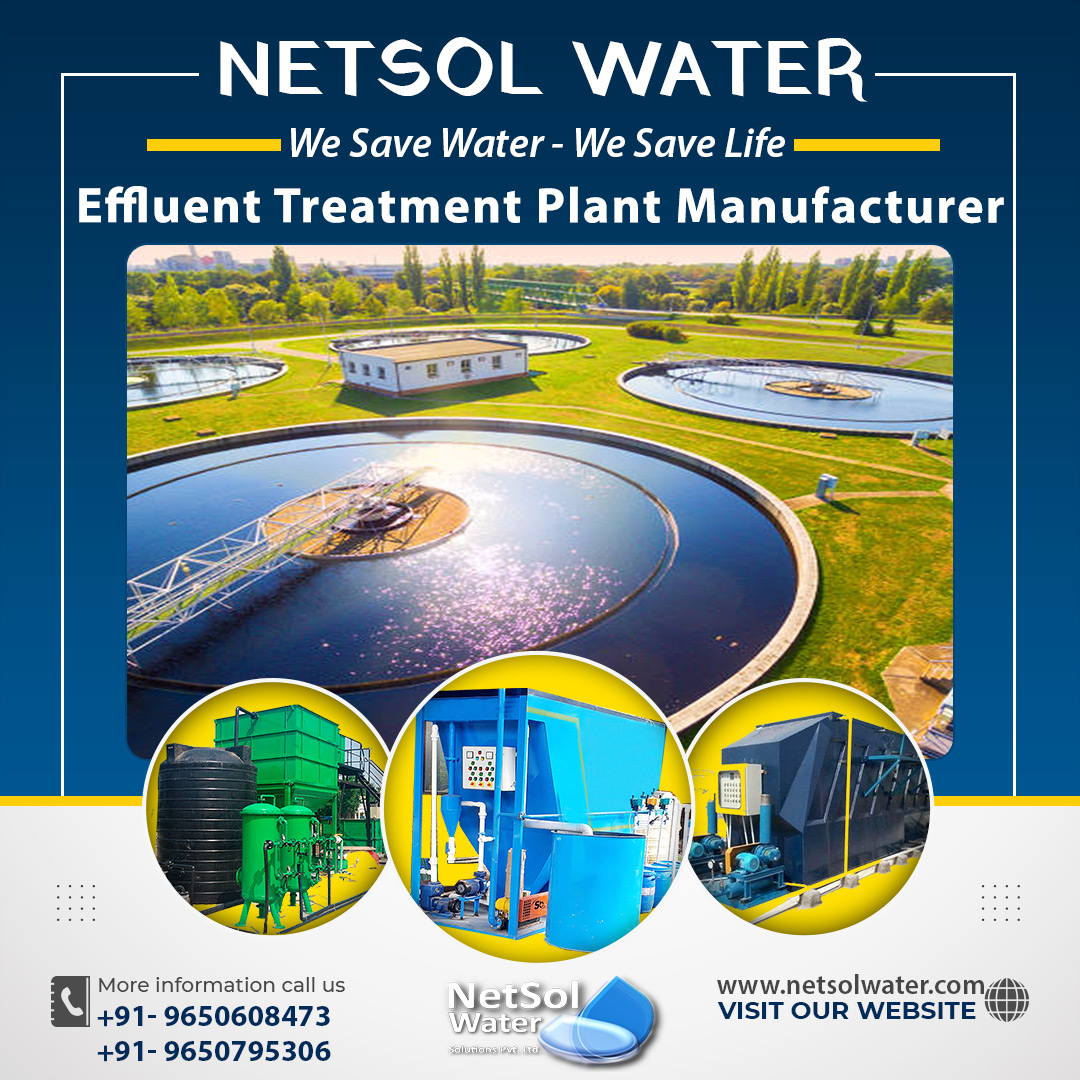What is an Effluent Treatment Plant (ETP)?
Effluent Treatment Plants, or ETPs, are a sort of wastewater treatment processes that is specifically developed to purify industrial wastewater for reuse, with the goal of discharging clean water to the environment free of the detrimental effects of effluent.
Varying on the type of industry, industrial effluents contain a variety of elements. Because industrial wastewater contains a wide range of contaminants, a treatment method known as ETP is required.
The ETP Plant treats wastewater from numerous industrial sectors, including chemicals, medicines, pharmaceuticals, refineries, dairy, ready mix plants, and textiles, using diverse physical, chemical, biological, and membrane processes.
What are the advantages of Effluent treatment plants?
ETP has the following advantages:
1. It cleans industrial effluent and recycles it for future use.
2. It restricts freshwater usage in industries.
3. To ensure the protection of society from pollution;
4. To meet the government's pollution emission regulations and avoid harsh penalties;
5. To help in the reduction of cost.
What is the need of ETP’s in Paint Industry?
Just like any other industry, Paint Industry also involves the use of various chemicals at different stages of production which are necessary for their products. As a result, they also become a part of contaminating the water, as the effluents which are washed away along with water are hazardous and would make the water toxic and thus it cannot be directly discharged into the main streams.
This is where ETPs come into play. They play a vital role in treating these effluents through various physical and chemical processes, and as a result, the clean water is released into rivers and other mainstreams.
Wastewater treatment process in the paint industry
Filtration, sedimentation, decantation, flotation, and osmosis separation are all phases in the treatment of paint industry effluent.
The following steps are included in the wastewater treatment process:
1. Primary Treatment
(a) Oil and Grease Removal
Apart from the paint section and caustic cleaning waste, all wastewater is filtered through oil and grease removal equipment.
(b) Equalization-to-Neutralization
Because caustic cleaning effluent is highly alkaline, it must be neutralized before it can be treated further. An agitator is included in the equalization-cum-neutralization tank. Stiff paint waste is combined with neutralized wastewater and coagulant before being delivered to a flash mixer. The effluent is subsequently pumped through a clarifier.
(c) Clari-flocculation
The effluent is then clarified in a clari-flocculator before being treated biologically. The sludge collected in this procedure is sent to a sludge drying bed where it is dewatered.
2. Secondary Treatment
(a) Extended Aeration
The residential wastewater from the factory and the clariflocculator residue is combined and biologically treated using an extended aeration procedure.
(b) Additional Clarification
The aeration tank's combined liquid is sent to the secondary clarifier. The settled sludge is regularly recycled to the aeration tank using return sludge pumps. Sludge drying beds are used to release excess sludge. Effluents from the secondary clarifier are suitable for discharge into the environment.
(c) Sludge Drying
On a sludge drying bed, oil and grease sludge, clariflocculator sludge, and secondary clarifier sludge are dewatered. The filtered water is returned to the equalization-cum-neutralization tank.
3. Tertiary Treatment
Reverse Osmosis systems are the last step in the process of purifying water. To force the water through the membranes in a reverse osmosis system, one needs a higher-pressure pump. This is owing to the fact that it can filter out more pollutants than other filtration methods.The technique described removes contaminants with a 90-95 percent effectiveness.
While manufacturing paints, various chemicals are required which can be harmful for human life, aquatic life, surroundings and our precious environment. Therefore, it becomes necessary to treat such water to properly dispose of in the environment.
Netsol Water not only designs but also manufactures effluent treatment plants, sewage treatment plants, RO plants, water softener systems and much more to treat water for safe disposal.
For more information, design and installation of any waste water treatment related product, connect to Netsol Water!




